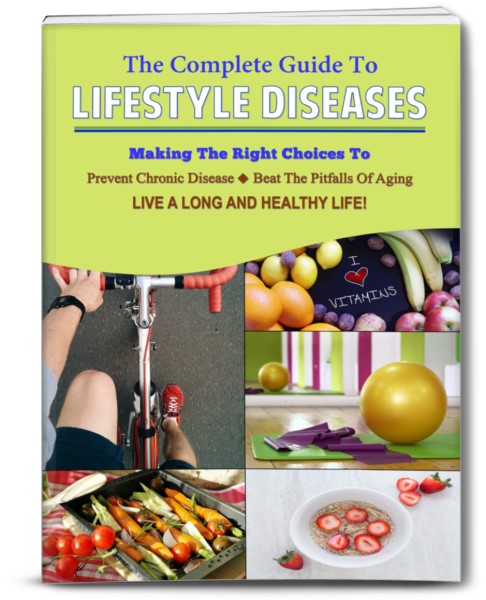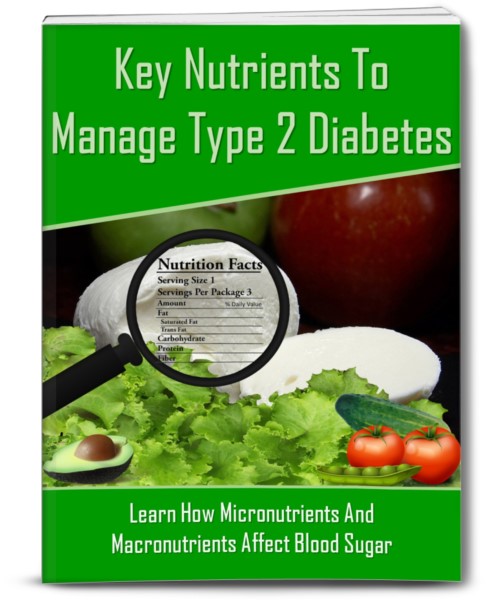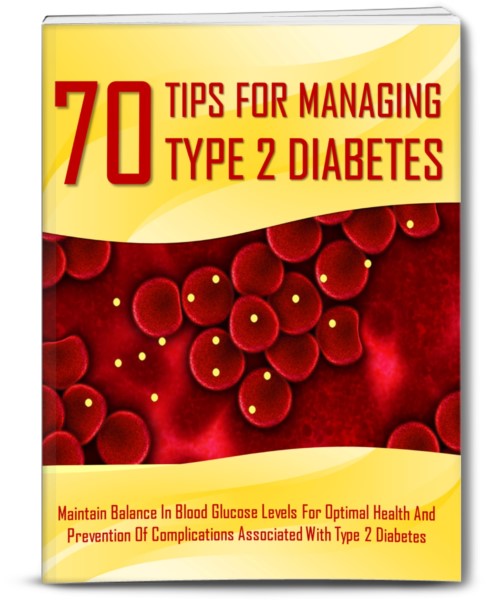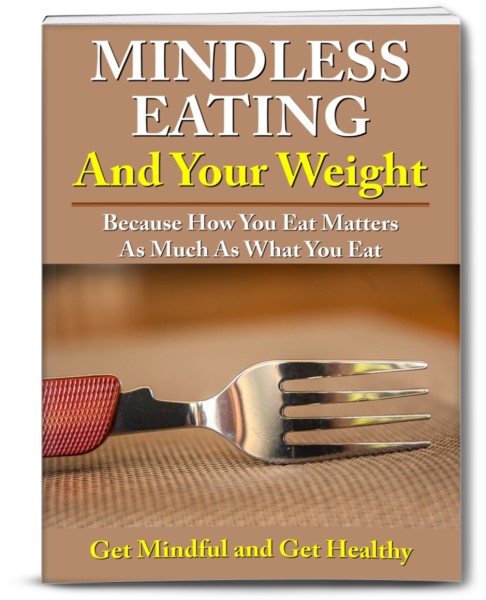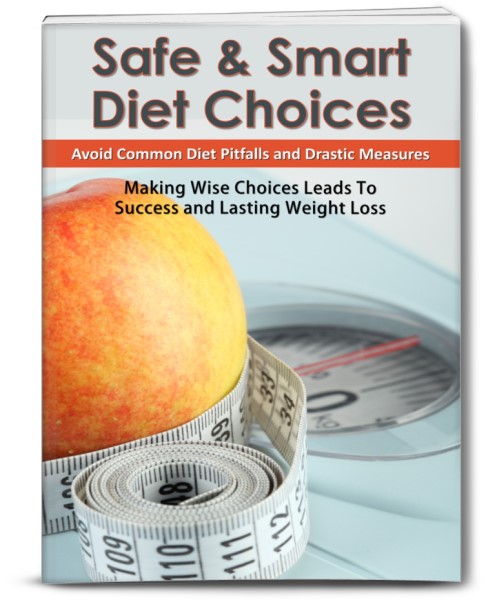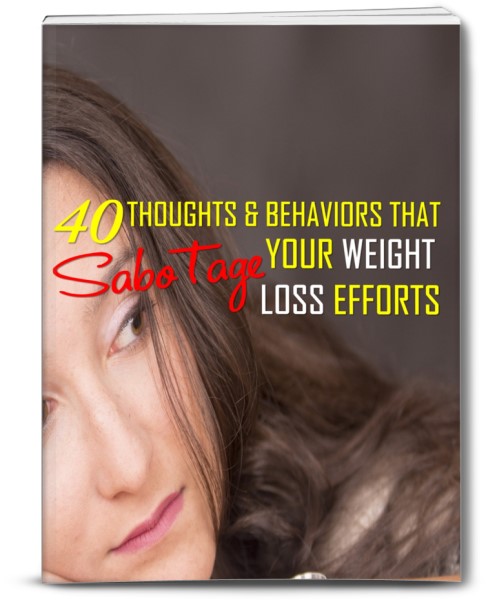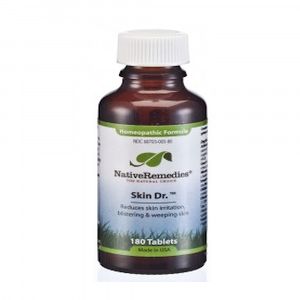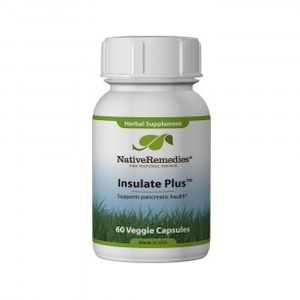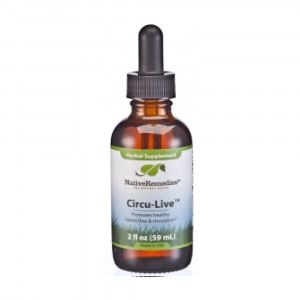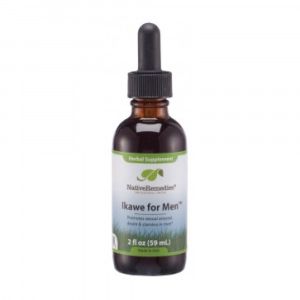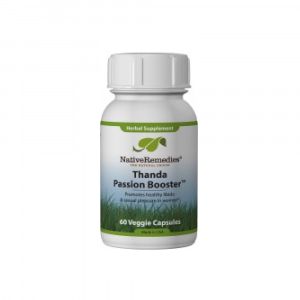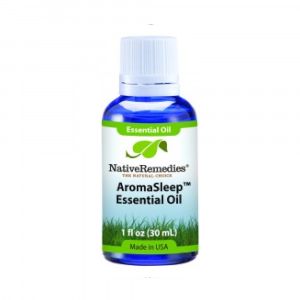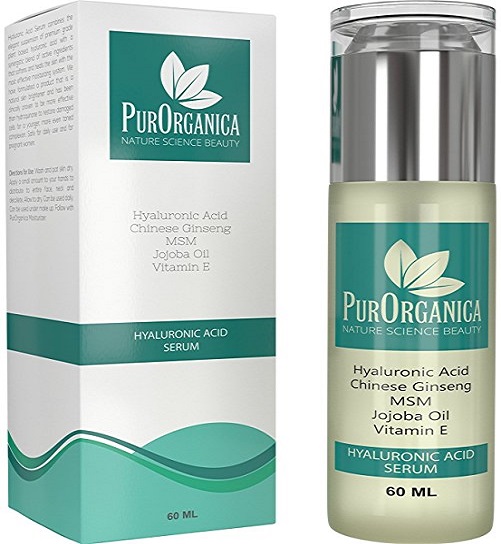Over Fifty Yoga
In case you’ve never done yoga, the idea of beginning once again age 50 may appear to be overwhelming. But yoga is not a “one size fits all” sort of movement, as you can alter it to fit your needs without problem.
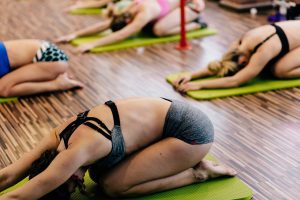 Actually, yoga is good for everybody, particularly as you age; since it can be an important part in helping you keeping your body and mind flexible and strong through simple and small movements.
Actually, yoga is good for everybody, particularly as you age; since it can be an important part in helping you keeping your body and mind flexible and strong through simple and small movements.
Fortifying the bones, muscles providing more flexibility, one of the key factors for all grown-ups heading into their seniors years.
Yoga is likewise an amazing mind and body practice that significantly brings down stress, one of the main causes of chronic deseases, for example, coronary illness, weight problems and even dementia conditions, for example, Alzheimer’s.
Better even, yoga is free, as it does not require costly gear, and can be practiced at home. Not certain where to begin? Join a yoga class, or contract an individual yoga mentor.
We’ve selected some of the best yoga postures for more advantageous aging. Make these your daily routine and get the most advantages of yoga:
The Warrior Pose
The warrior posture is an extraordinary standing pose that helps increment quality of the leg muscles, and also enhancing bone thickness (as standing is known for doing so). Moreover, this stance likewise supports adaptability in the hip district and internal thighs.
To perform:
• Stand with feet shoulder distance separated, let arms down to the sides.
• Turn to the other side, and step your foot out around 3 to 4 feet, on a similar side. Turn your foot around 90 degrees.
• Raise your arms while breathing in, to bear stature.
• Exhale, and all the while twist the outstretched leg to a position as near parallel to the floor as could be allowed.
• Keep your other leg straight, and hold posture for 30 seconds.
• Repeat with the other leg.
The Bridge
The scaffold posture is to a great degree prominent, attributable to its advantages of reinforcing the lower back muscles and hips. The extension posture might be especially helpful for people with bring down back agony, or the individuals who spent quite a bit of their lives at a work area work.
To perform:
• Lie on a steady surface (the floor ideally) with your back and feet level on the floor and curve your knees. Keep arms to your sides.
• Press hands into the floor as you take in.
• Exhale and contract muscular strength as you all the while drive your hips and butt off of the floor.
• At the best position your back and upper legs should frame a 45 degree point, taking after a “scaffold.”
• Hold for 30 seconds and afterward gradually come back to the begin position.
Legs Up A Wall
This stance is valuable for extending the hamstring muscles, like twisting around yet without the pressure particle the lower back muscles. This posture is additionally helpful for people with poor course, as it channels blood spill out of the legs and recycles it through the heart.
To perform:
• Sit on the floor with legs near a divider.
• Shift your body so your legs are up the divider, propping the back of your feet against the divider.
• If you can’t extend your feet in that position, move your hips far from the divider a bit, and place the base of your feet on the divider.
• Stretch your hamstrings for a time of 30 seconds, at that point gradually take your feet off the divider.
The Tree Pose
On the off chance that there was one stance speaking to yoga in all its eminence, it would be the tree posture. At the center of the tree stance’s advantages is enhancing balance, imperative in solid maturing to help avoid falls and tumbles, since falls are the one reason for damage in the maturing populace.
To perform:
• Stand with feet together, and hands with palms together, overhead.
• If this is your first time, raise one leg somewhat up, so toes are tenderly touching the ground yet with heel touching the lower leg of the following leg.
• Stay adjusts in this position for roughly 30 seconds.
• Repeat with other leg.
As your adjust enhances, raise your toes and foot rear area higher with the goal that your non-working leg is completely bowed at the knee.


